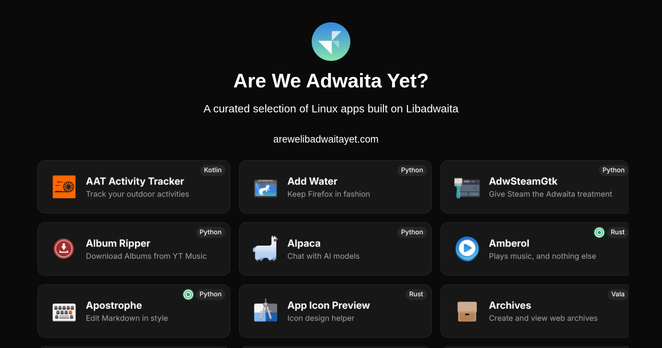Some people on activitypub seemed a bit interested in mobile linux, so I decided to share a bit more of my experience on here. I will break it up into different posts covering different aspects.
I have been using a PinePhone 1.2b (3GB of RAM, 32GB eMMC storage) as my daily driver for roughly four years now. That may sound impressive, but I only really use a phone so people can reach me, for music on the go, and for a browser in a pinch. I'm not on my phone all that often.
PinePhone: https://pine64.org/devices/pinephone/
Currently, I have Mobian (based on Debian) Trixie installed on the internal eMMC storage and a 512GB microSD card mounted at /home, both utilizing full-disk encryption, for plenty of storage for my use-case. I'm using the Phosh interface, since it is more stable in my experience than plasma mobile currently. I also mostly use GTK software since they tend to integrate better with Phosh. I do not have cellular service on it, I even have the entire cellular modem disabled via the hardware dipswitch on the back currently.
Mobian: https://mobian-project.org/
Phosh: https://phosh.mobi/




